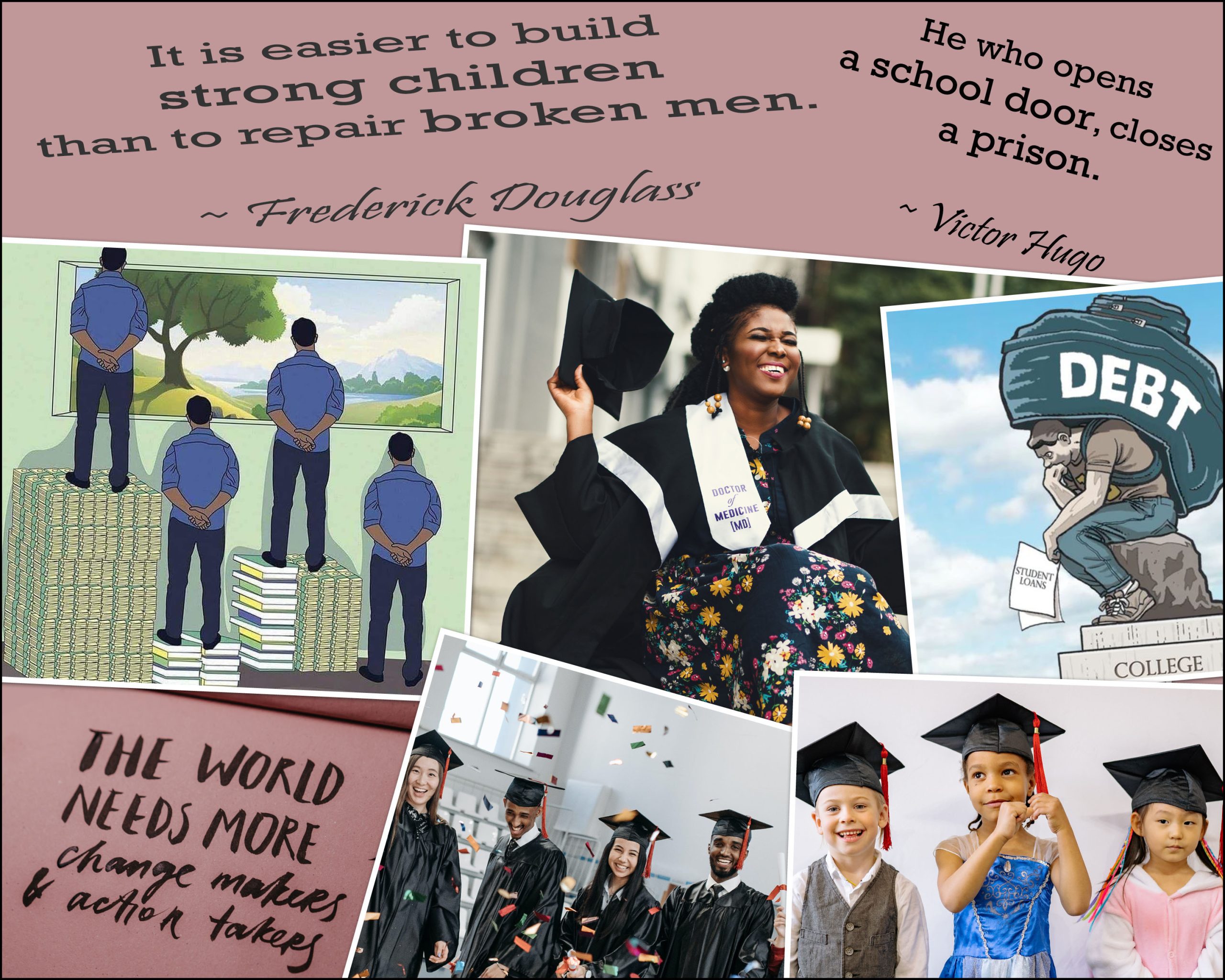14 Access to Education

By Iryna Ivaniv
Nowadays, education is equally a shield and a powerful weapon. In Canada, we might think there is no problem with access to education as the right to education is included in provincial or territorial education acts. Children of kindergarten age to 18 or 21 years old have access to free public education. However, not enough has been done for people to access free education in early years settings for young children under the age of four. Also, according to results from a national survey by the Canadian Association of University Teachers (2019), not many can afford post-secondary education after they graduate from school.
Quality early years education is fundamental for all children for their holistic development. Ontario government states that “every child deserves the best start in life. And it’s the government’s responsibility to ensure that families have the right supports so children can grow and learn in a healthy environment” (The Government of Ontario, 2016, para 1). However, none of the Canadian provinces or territories do enough to ensure that every child has access to a high-quality educational environment before they enter the publicly funded school system (Government of Canada, 2022), even though studies show that investing in universal child care would benefit the country’s economy and is essential for children’s social, emotional and cognitive development (Hoynes & Schanzenbach, 2018; van Huizen & Plantenga, 2018).
Similarly to early years education, the Canadian government does not provide enough financial support for all to have the ability to gain post-secondary education (Armanyous & Hudson, 2019; Canadian Association of University Teachers, 2019). Without higher education required by the current job market, many are stuck in poverty and cannot afford basic living expenses.
If Canada promises genuine inclusive education, it must shutter all the barriers to education and alleviate inequality of opportunities for all to access education.
References
Armanyous, M., & Hudson, G. (2019). Barriers vs. bridges: Undocumented immigrants’ access to post-secondary education in Ontario (No. 2019/5). RCIS Working Paper. https://rshare.library.torontomu.ca/articles/journal_contribution/Barriers_vs_bridges_Undocumented_immigrants_access_to_post-secondary_education_in_Ontario/14641104/1/files/28117554.pdf
Canadian Association of University Teachers. (2019). Post-secondary education, the future of Canada, and federal policy: National survey of 1,500 Canadians. https://www.caut.ca/sites/default/files/abacus_data_release_2_0.pdf
Government of Canada. (2022, April 21). Canada country background report – Quality in early childhood education and care. https://www.canada.ca/en/employment-social-development/programs/early-learning-child-care/reports/2021-canada-country-background-quality.html
Hoynes, H. W., & Schanzenbach, D. W. (2018). Safety net investments in children. National Bureau of Economic Research; Working Paper Series. https://doi.org/10.3386/w24594
van Huizen, T., & Plantenga, J. (2018). Do children benefit from universal early childhood education and care? A meta-analysis of evidence from natural experiments. Economics of Education Review, 66, 206–222. https://doi.org/10.1016/j.econedurev.2018.08.001

